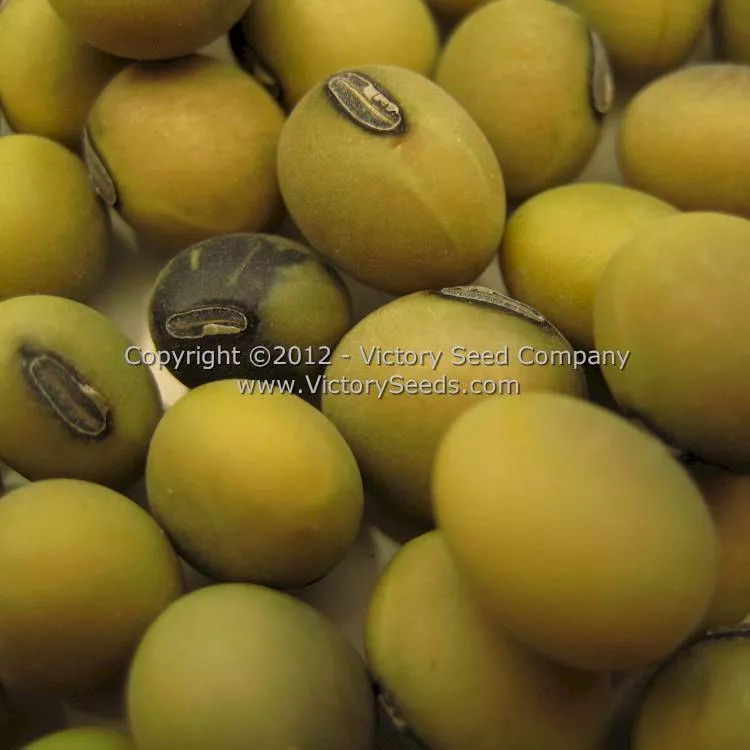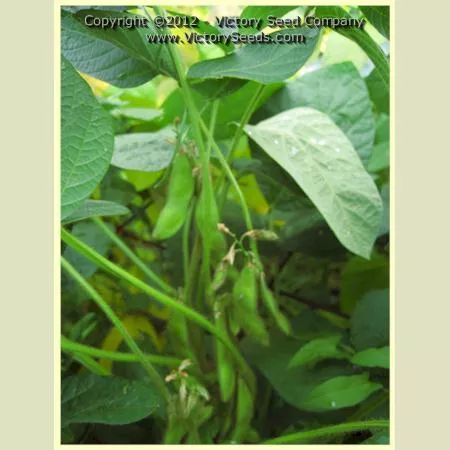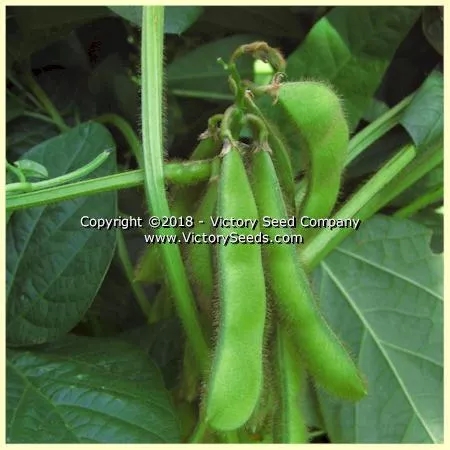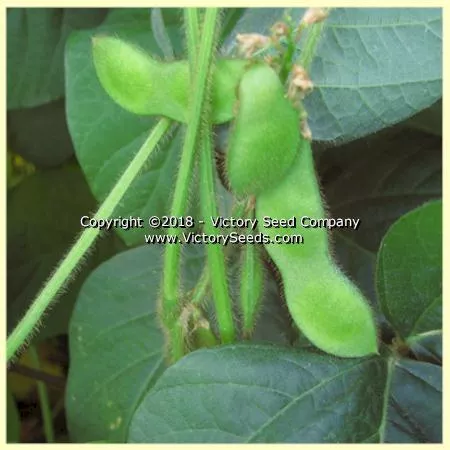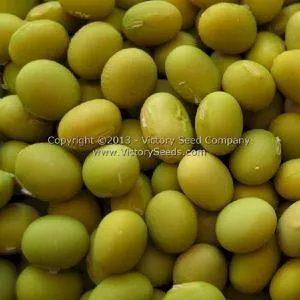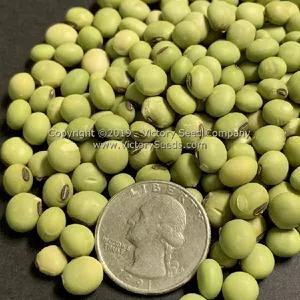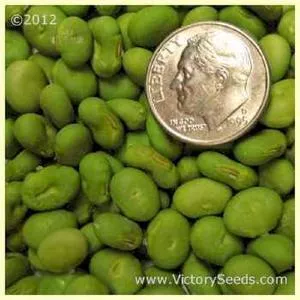



Yi Tong Lu Da Dou Soybean
Glycine max
Price: $3.95
SKU: 3301511
Yi Tong Lu Da Dou
120 days, determinate - The plants grow thirty to thirty six inches in height and have purple flowers. The pods contain two, medium-large, oval shaped beans are grayish-green in color with black eyes. According to USDA test results, 'Yi Tong Lu Da Dou' beans contains about 18% oil and 44% protein by weight.
The parent stock was USDA accession number PI 561345. It was collected in Beijing, China and donated to the USDA by the Chinese Academy of Agricultural Sciences in May of 1992.
Maturity Group I.
Planting Instructions:
Soybeans are a tender plant and should be sown after all danger of frost has passed and the soil has warmed. Planting them at about the same time as corn is a good rule.
Sow seeds about one inch deep, three to four inches apart. Although you can plant in rows, they can be planted densely and allowed to form a canopy. This will help control weed growth. Soybeans are tolerant of drought and poor soil since they fix nitrogen. They will, however, benefit from fertile soil.
Soybean flowers are perfect (self-fertile) and cross pollination is almost non-existent, making saving seed easy. Allow pods to fully develop and dry on the plants.
Sow seeds about one inch deep, three to four inches apart. Although you can plant in rows, they can be planted densely and allowed to form a canopy. This will help control weed growth. Soybeans are tolerant of drought and poor soil since they fix nitrogen. They will, however, benefit from fertile soil.
Soybean flowers are perfect (self-fertile) and cross pollination is almost non-existent, making saving seed easy. Allow pods to fully develop and dry on the plants.
Informational References:
- "Evaluation of the USDA Soybean Germplasm Collection: Maturity Groups 000-IV (PI 507670-PI 574486)," Hill, J.L., E.K. Peregrine, G.L. Sprau, C.R. Cremeens, R.L. Nelson, J.H. Orf, D.A. Thomas, USDA Technical Bulletin 1915, 2005.
Customer Reviews:
Do you have experience with this one? 📝 📣 Write a review!
No reviews have been posted yet.

